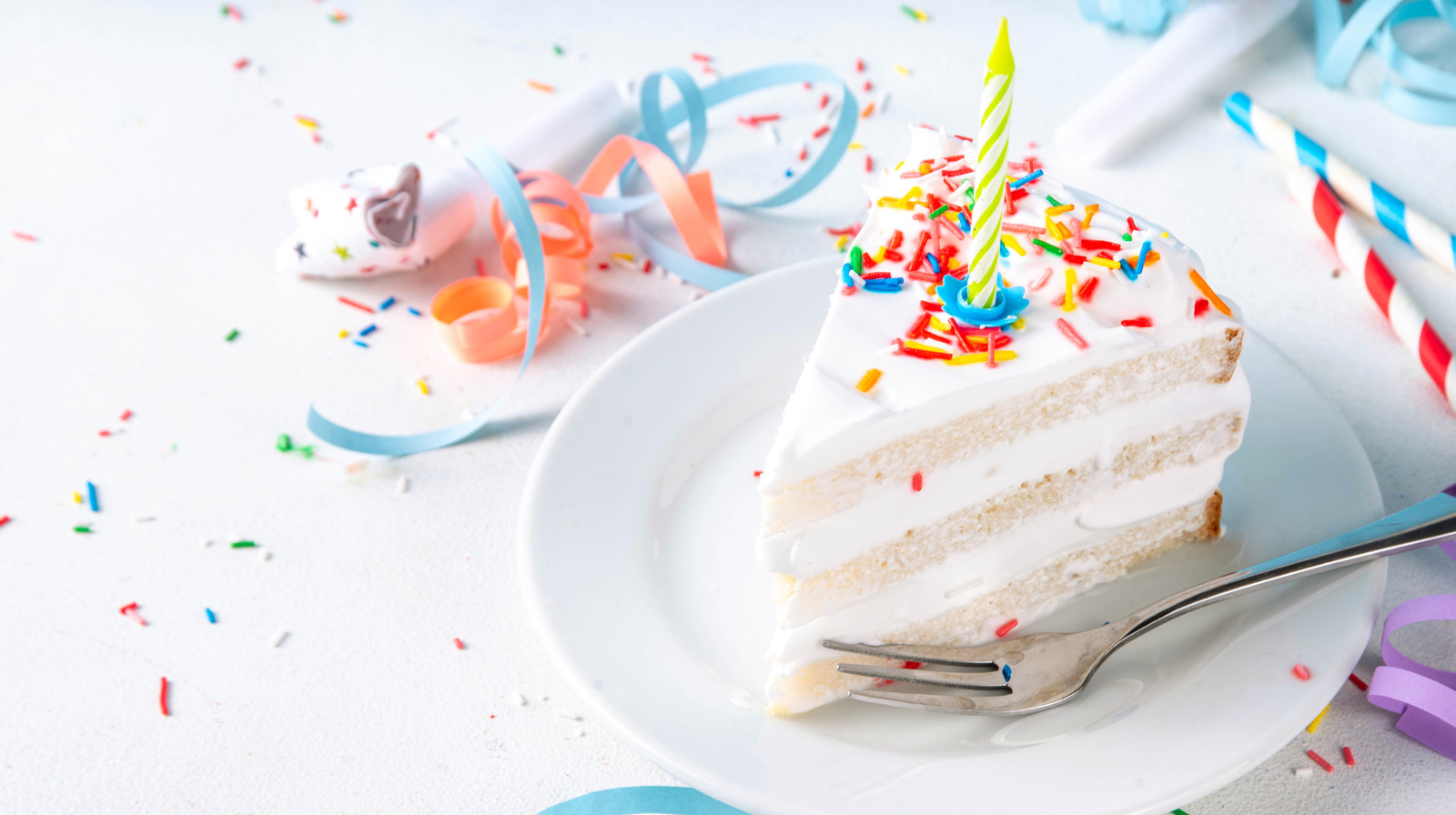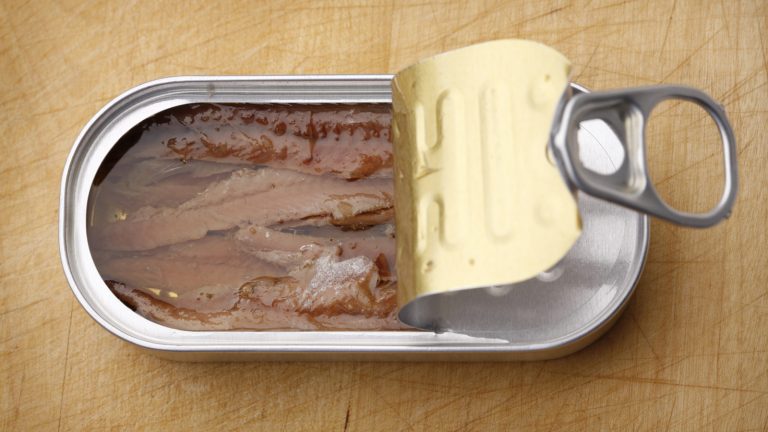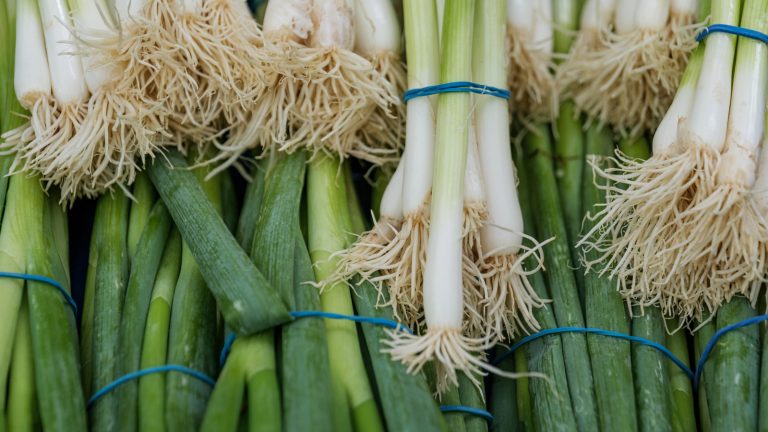When it comes time to choose a cake recipe or boxed cake mix, you’ve probably been faced with a choice between white, yellow, and vanilla cake. It might not seem like there’s much difference between the three, and the names are often used interchangeably, but there are, in fact, some noticeable distinctions from cake to cake. While each of these flavors have a similar mild profile that leans into vanilla, it’s good to know the contrasting characteristics between each one when you’re planning for a special event like a birthday or wedding when every detail is important. Certain types of cake work better with particular types of frosting, too, like yellow cake and chocolate frosting, or perfectly white buttercream on white cake.
Perhaps the reason why white and yellow cakes are frequently called vanilla cakes is because, well, they actually are both vanilla cakes. That is, both yellow and white cake is flavored predominantly with vanilla (preferably from whole beans or paste), which is all it takes to qualify as a vanilla cake. The difference between the two colors, however, is in the ingredients. White cakes are made only with egg whites, and yellow cakes are made with whole eggs (the yellow yolks give the crumb its namesake color).
White and yellow cake have different textures
Despite the millions of cake recipes out in the world, if you take a look at any ingredients list for any generic vanilla cake you can figure out right away if it’s a yellow or white cake. All you need to do is read the ingredients list and look for egg whites (white cake) or whole eggs (yellow cake). Eggs aren’t the end of the story, however. There is also a major difference in texture.
Most white cakes have a fine crumb and light texture, while yellow cakes are a little more dense and chewy, because white cake recipes use cake flour while yellow cake is made with all-purpose flour. Cake flour has less protein than all-purpose, which creates a very fine, tender crumb. It also has a much lighter white color than all-purpose, which contributes to the pale appearance of white cake. Yellow cake, on the other hand, is heavier and more dense. The extra protein in all-purpose flour contributes a lot to this extra texture, but yellow cake also gets a boost of moisture and mouthfeel from the fat in the egg yolks. So while you can certainly add egg yolks to a white cake recipe and get a yellow-looking cake, or use only egg whites in a yellow recipe to lighten the color, neither cake will really be the same without the right flour. The details might be subtle, but true cake lovers will always know the difference.






